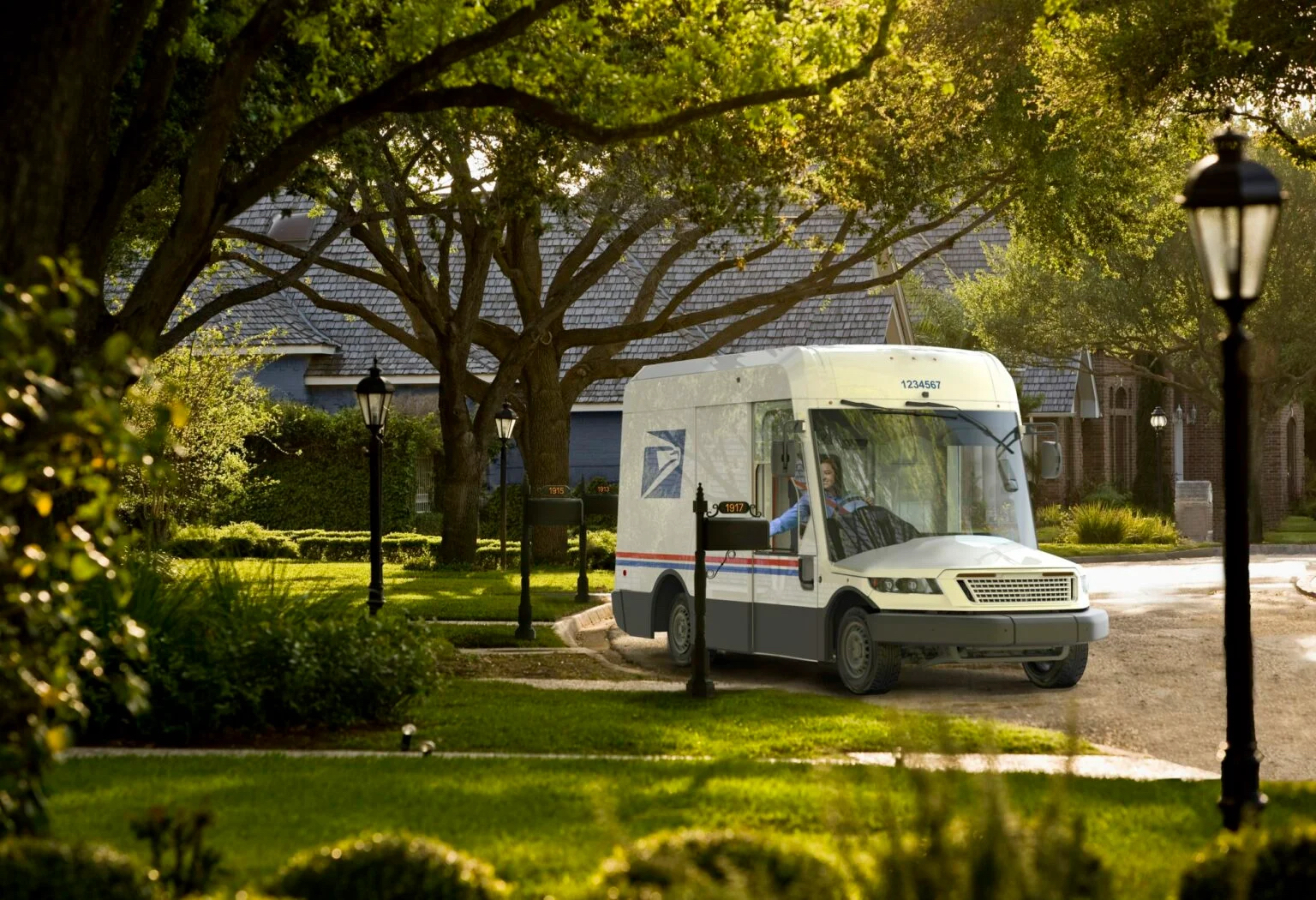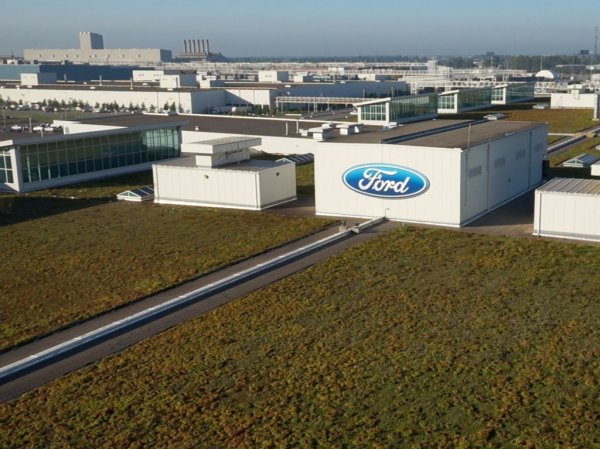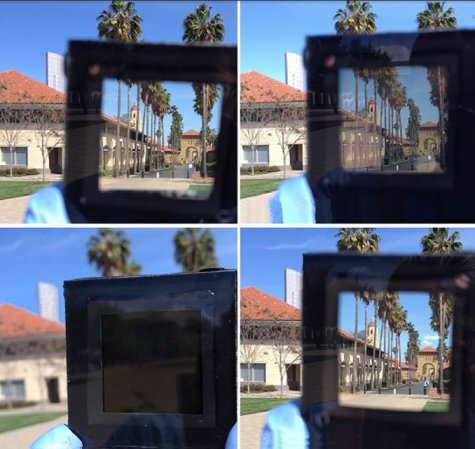

On Thursday, the United States Postal Service said that it was proceeding with an initial order for 50,000 new delivery vehicles, a purchase costing nearly $3 billion. In a change from its past stance, the agency said that 20 percent of those new vehicles would be electric. Previously, the USPS had said that they planned for only 10 percent of these new rides to be battery-powered.
Specifically, the USPS said on March 24 that 10,019 of its routes are good fits for running electric vehicles, meaning that “a minimum” of 20 percent of their 50,000 new vehicles would be EVs. However, energy and environmental experts argue that electrifying just 20 percent of the fleet is a missed opportunity, both financially and environmentally.
“Eighty percent of those vehicles that they’re purchasing are combustion-engine vehicles that we know are going to be on the roads for another 20-plus years,” says Patricio Portillo, a senior advocate with the National Resources Defense Council. “[It] is just really unfortunate that they are still resistant to this new technology that report after report is showing can really save them a lot of money, while also reducing greenhouse gas emissions and local air pollution problems.”
The statement from the Postal Service cites financial concerns as a hurdle to adding electric vehicles to their fleet. “Today’s order demonstrates, as we have said all along, that the Postal Service is fully committed to the inclusion of electric vehicles as a significant part of our delivery fleet even though the investment will cost more than an internal combustion engine vehicle,” Louis DeJoy, the Postmaster General, said in the statement.
[Related: Volvo plans to make Starbucks a recharging stop for your EV]
But a report issued by Atlas Public Policy in August of last year argues that 97 percent of the agency’s vehicles could be electrified, and could save the Postal Service billions of dollars when taking the lifetime cost of owning an EV versus an internal combustion engine vehicle into account. “Yes, it costs more to procure [EVs] up front, but over time with savings from fuel costs and maintenance, you come out ahead very significantly,” says James Di Filippo, a senior analyst with Atlas Public Policy and the first author on their report.
The fact that the recent news from the USPS indicates that 20 percent, not 10 percent, of their initial purchase of new vehicles—called the Next Generation Delivery Vehicle—will be electric is “better than it was,” Di Filippo adds. “I think our analysis is pretty clear that there is a much bigger opportunity [for EVs in the fleet].”

The saga of the USPS’s plan to procure new vehicles intensified when it released a final environmental impact statement in December of last year, which stated that the Postal Service wanted to go with the 10-percent EV plan. That report was received “very poorly,” says Portillo. “So many groups, and government agencies, and the public, put in all of these really robust comments on the draft, and on the final, there was like no change.”
Following that report, in February, a group of 19 US senators sent a letter to the Postmaster General, Louis DeJoy, and the agency’s chairman, Roman Martinez IV. “After an unjustifiable, truncated, and deficient process, it is unacceptable that the USPS intends to cling to an overwhelmingly fossil fuel-powered fleet whose emissions are endangering our planet,” the missive states. A different letter from the EPA refers to the USPS’s final environmental impact statement as “seriously deficient.” And earlier in March, the Office of the Inspector General of the United States Postal Service stated in its own report: “The adoption of electric delivery vehicles could save the Postal Service money in the long term — at least for certain delivery routes.”
The new vehicles will include important changes from the old ones, like air conditioning and other important modern human comfort and safety updates.
Ultimately, the USPS may buy 165,000 new vehicles, as it refreshes a fleet that includes 217,000 delivery vehicles in total. The transition to new vehicles represents “a big opportunity for the Postal Service; it’s a big opportunity for the country,” says Portillo. “For generations, they’re going to be in our neighborhoods, in every single neighborhood in the country—and getting it right is really important.”















